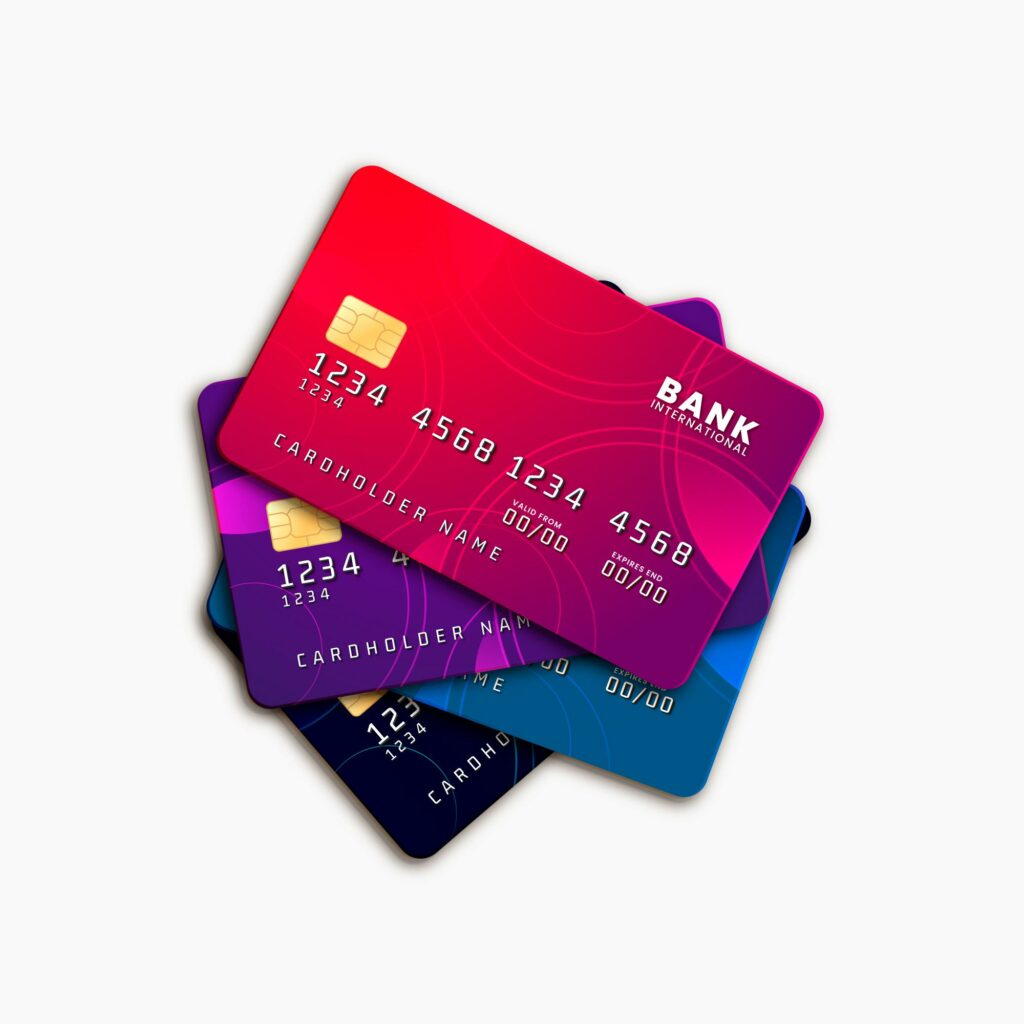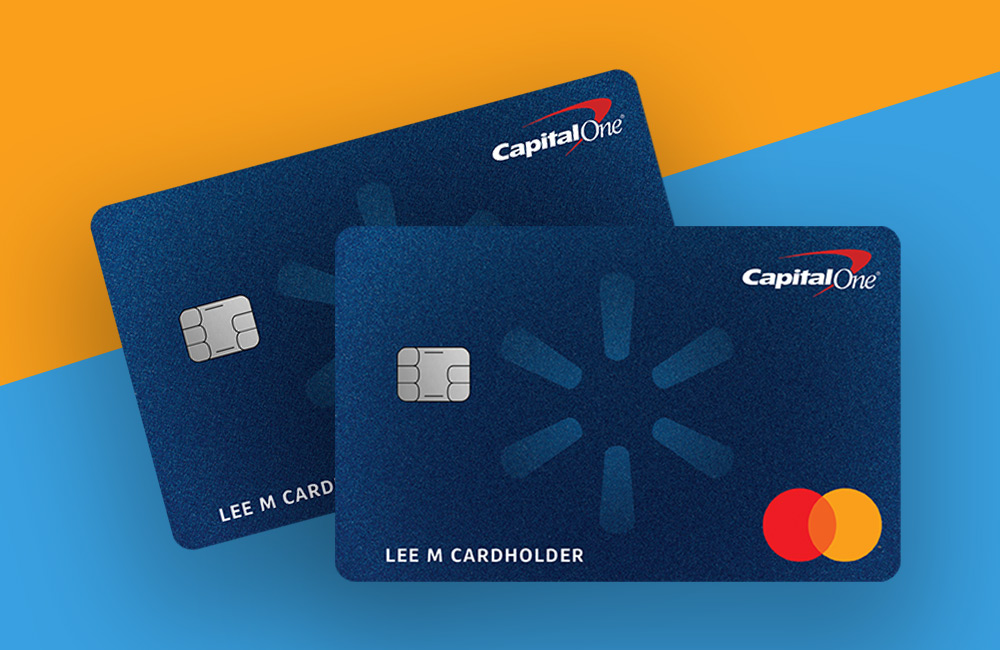
Credit card rewards emerge as a compelling feature enticing cardholders everywhere to spend more money. Simply put, they’re incentives provided by card issuers, allowing users to earn value from their everyday spending. These rewards come in various forms, such as cashback, points, or miles. The allure? By smartly navigating these rewards, individuals can get financial advantages, such as discounted travels, cash returns, or exclusive deals. Essentially, it’s a way to make your credit card not just a spending tool, but also a savings asset.
Understanding Different Reward Types
Navigating the realm of credit card rewards might seem a bit daunting at first. But, with a basic understanding of the different reward types, you’re one step closer to maximizing their potential. Here are the 3 main categories:
- Cashback: As direct as it sounds, cashback rewards give you a percentage of your spending back in cash. It can either be credited to your card statement or received as checks.
- Points: These are accumulated for every purchase. Over time, you gather a certain number of points which can be redeemed for specific items, gift cards, or even converted into cash. The value of a point can vary based on the card issuer and the redemption options.
- Miles: Particularly popular among frequent travelers, miles work similarly to points but are often linked to airlines. Accumulate enough, and you might find yourself on a free flight or with an upgraded seat.
But here’s where things get interesting:
- Category-Specific Rewards: Not all spending earns you the same rewards. Certain cards offer:
- Dining Rewards – Earn extra when dining out or ordering in.
- Travel Rewards – Your flights, hotel stays, or even Uber rides could fetch you more points or miles.
- Groceries – Weekly trips to the supermarket could be more rewarding than you think.
It’s essential to align your spending habits with a card that rewards your most frequent expenditures. Doing so ensures every swipe brings you one step closer to a valuable reward.
Making the Most of Sign-up Bonuses and Rotating Categories
One of the lucrative perks of diving into the world of credit card rewards is the initial sign-up bonus. Another is the ability to magnify your earnings through rotating bonus categories. Here’s how you can harness these benefits:
- Sign-up Bonuses:
- What are they? Often, credit card issuers will entice new customers with a hefty sign-up bonus, which could range from a substantial point or mile amount to a significant cashback percentage.
- Meeting the Minimum Spend: These bonuses aren’t handed out freely. To claim them, cardholders typically have to meet a certain spending requirement within the first few months. For instance, spend $3,000 in the first 3 months to earn 50,000 bonus points.
- The Value: Depending on the card and the reward system, these bonuses can offer value that outweighs the card’s annual fee or any other potential costs.
A team member at Simple Sum leveraged a sign-up bonus brilliantly during the holiday season last year. They opted for the Wells Fargo Autograph Card, which promised 30,000 bonus points (equivalent to $300) if $1,500 was spent within the first 3 months. Given the upcoming expenses on holiday gifts, gas, and dining, they decided to channel these routine costs through this card.
Not only did they earn points for the initial $1,500 spend, but the added sign-up bonus effectively gave them rewards nearing $450 in total. This allowed them to treat their partner to a complimentary night’s stay in a plush NYC hotel, all while using funds they’d have spent anyway!
Other cards also offer:
- Rotating Bonus Categories:
- Seasonal Shifts: Some cards offer rotating categories where you can earn higher rewards on different types of spending throughout the year. For example, you might earn extra points on gas purchases in the summer, and come winter, those bonus points could shift to online shopping.
- Optimization Strategy: To maximize these rotating rewards, keep a calendar or set reminders. This way, you can prioritize your spending in those categories during their bonus periods. If you know the next quarter focuses on dining out, perhaps that’s when you try the new restaurants in town.
The key takeaway? Always stay informed about your card’s offerings and strategize your spending accordingly. The rewards are there; it’s all about using them to your advantage.
Pairing and Strategizing with Multiple Cards

In the world of credit card rewards, one size doesn’t fit all. The key to maximizing rewards lies not just in spending, but in spending smartly. By strategically using multiple cards, you can enhance your rewards game substantially. Here’s how:
- Purposeful Pairing: Different credit cards offer varied rewards for different categories. For instance, while one card may give you excellent cashback on groceries, another might offer double points for every dollar spent on travel. Understand your spending habits and designate certain cards for specific expenses. For instance, use a card that offers high rewards on dining every time you eat out and another that gives excellent travel points when booking flights.
- Complement, Don’t Compete: It’s a good strategy to have cards that complement each other rather than compete. For example, if you have a travel rewards card that offers great points for flight bookings, pair it with a dining rewards card that offers cashback or points for every meal you enjoy. This way, your flight bookings and dining experiences both yield maximum returns.
- Rotational Strategy: Some cards offer rotating categories where the reward rate changes every quarter. For example, a card might offer 5% cashback on gas stations one quarter and the same rate on supermarkets the next. By having a calendar reminder and adjusting your spending according to these categories, you can make the most of such cards.
- Avoiding Overlaps: It’s essential to be aware of any overlaps. If two of your cards offer rewards on dining, and one is clearly superior (either offering more points or a better redemption rate), then prioritize using the superior card for dining-related expenses.
Remember, the essence of this strategy lies in organization and awareness. Track your expenses, be aware of where and how you’re earning points, and adjust your credit card usage accordingly. Over time, with consistent strategy, the rewards can be substantial.
Redeeming Rewards for Best Value
While earning credit card rewards can feel like a win, the real victory comes in maximizing their redemption. Not all redemption options offer the same value, so understanding how to get the most bang for your buck (or point!) is crucial.
- Understanding Redemption Options:
- Statement Credits: These are direct reductions to your card balance. It’s straightforward and simple. For every point or mile, a certain dollar value is deducted from your card’s outstanding balance.
- Travel Bookings: Often, credit cards will allow you to use your points or miles directly for travel-related bookings, such as flights or hotels. Some cards even offer a higher value for points when redeemed for travel compared to statement credits.
- Gift Cards or Merchandise: Some issuers offer the option to exchange points for gift cards or specific products. However, the value per point for these can vary and might not always be the best deal.
- Maximizing Redemption Value:
- Wait for Special Deals: Occasionally, credit card issuers might partner with certain brands or retailers to offer boosted redemption rates for a limited time. Stay alert for such deals.
- Avoid Point Devaluation: Understand the lifespan of your points. Some rewards might expire if not used within a certain timeframe. Ensure you use them before they lose value or disappear.
- Travel Portals: If your card issuer has a dedicated travel portal, it might offer better redemption rates there than if you were to transfer your points to an airline or hotel.
- Steer Clear of Cash Options: Some cards might allow you to redeem points for cash. However, this option often provides the least value for your points. It’s typically best reserved for when you need cash urgently.
- Combining Points: If you have multiple cards from the same issuer, they might allow you to combine points. This can be useful to reach a specific redemption threshold or to use all your points in one go.
To sum it up, the key to optimizing your credit card rewards lies in staying informed and being strategic. By understanding your redemption options and their relative values, you can ensure that every point or mile you earn translates to maximum benefit.
Avoiding Overspending and Other Pitfalls
While the allure of credit card rewards can be enticing, it’s important to remember the foundational principles of responsible financial management. Here’s a guide to avoiding the most common pitfalls while striving for rewards:
- Striking a Balance:
- Responsible Spending: Always spend within your means. It might seem tempting to spend more just to hit a rewards milestone, but it’s never worth accruing debt. Remember, rewards should be a bonus for your usual spending, not an incentive to spend more.
- Budget Management: Regularly review your budget. Ensure that any expenditure on your credit card aligns with your budgetary constraints and financial goals.
- Annual Fees and Their Justification:
- Some reward cards come with hefty annual fees. While these can be offset by the benefits and rewards, it’s vital to assess if you’re genuinely benefiting from the card’s features. If you’re not taking advantage of the perks, the card might not be worth its cost.
- Understanding Points Expiration:
- Reward points or miles might have an expiry date. Regularly check your points balance and their respective expiration dates to ensure you don’t miss out on redeeming them.
- Fine Print Familiarity:
- While it can be tedious, always read the terms and conditions of your card. This will acquaint you with any hidden fees, penalties, or conditions that might affect your rewards or overall card experience.
Conclusion:
Venturing into the world of credit card rewards can be both rewarding and challenging. The trick lies in maximizing benefits while staying grounded in financial prudence. By understanding reward systems, being alert to potential pitfalls, and always prioritizing responsible spending, you can enjoy the perks of your credit card without the pitfalls.




